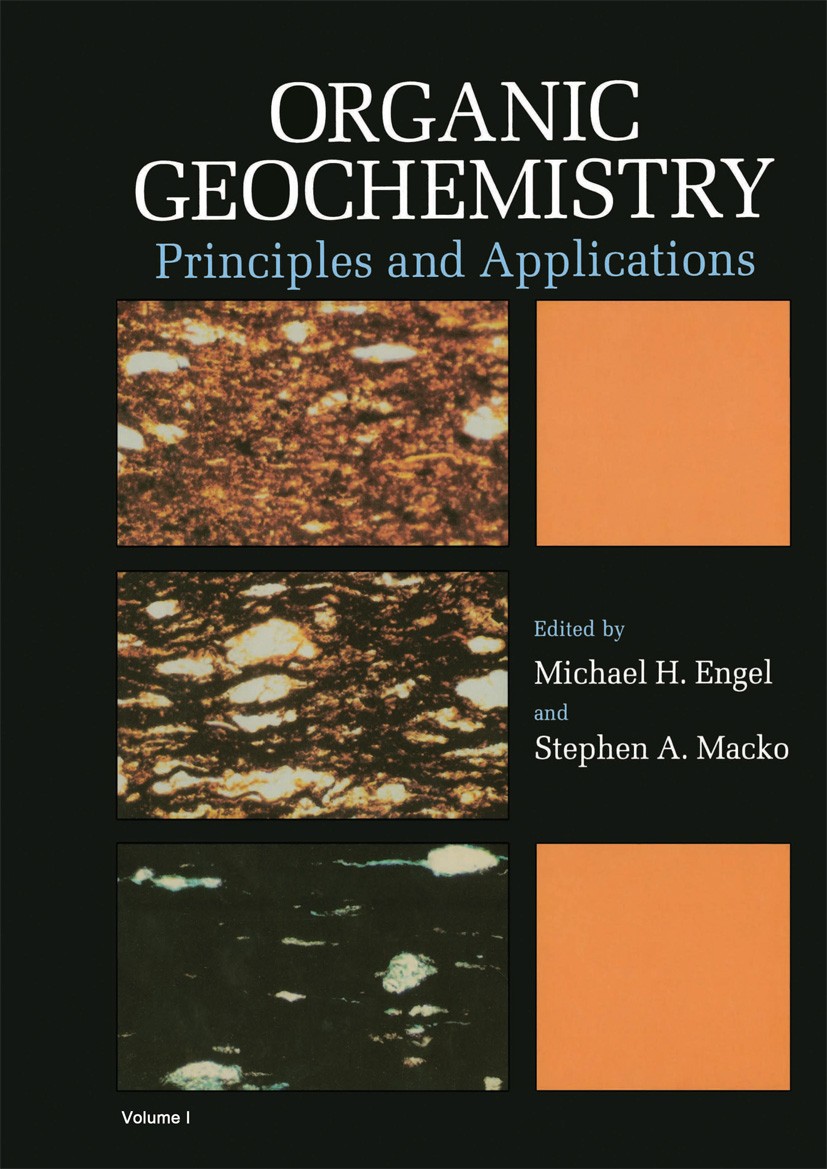Revisiting the fingerprint of organic matters in speleothem by Electron Paramagnetic Resonance
IF 2.5
3区 地球科学
Q2 GEOCHEMISTRY & GEOPHYSICS
引用次数: 0
Abstract
The evolution of soil organic carbon (SOC) stocks is critical for both food production and climate change mitigation. This study uses advanced electron paramagnetic resonance (EPR) spectroscopy to investigate the spatial localisation and characterisation of organic carbon in speleothems, with a particular focus on methodological advances in recent decades. A speleothem sample from the Choranche cave in France was analysed using UV laser-induced fluorescence (LIF) and continuous wave EPR spectroscopy. The LIF analysis identified three main types of organic compounds − aromatic amino acids, aliphatic aromatics and larger aromatic compounds − distributed throughout the sample. EPR spectroscopy revealed the presence of Fe3+ and Mn2+ ions, along the entire sample for Fe3+ and more localised for Mn2+. When radical organic matter (ROM) is detected, first and second harmonic EPR imaging shows its collocation with Fe3+ and Mn2+, suggesting specific embedding conditions or source events. The study highlights a significant discrepancy between fluorescent organic matter (FOM) and ROM, challenging previous assumptions about their co-transfer from soil to speleothems. The results suggest that ROM is likely to be associated with specific soil redox conditions or high-energy events, whereas FOM represents a continuous background transfer. This distinction is crucial for accurate interpretations of soil organic carbon loss and its environmental implications. Future research should integrate detailed spectroscopic and isotopic analyses to better quantify organic carbon dynamics and their environmental proxies. Our results highlight the importance of distinguishing between different types of organic matter in speleothems to improve our understanding of soil organic carbon fluxes in relation to climate and human land use.
利用电子顺磁共振重测岩洞中有机质指纹图谱
土壤有机碳储量的演变对粮食生产和减缓气候变化都至关重要。本研究使用先进的电子顺磁共振(EPR)光谱来研究洞穴中有机碳的空间定位和特征,特别关注近几十年来方法的进步。利用紫外激光诱导荧光(LIF)和连续波EPR光谱学对法国Choranche洞穴的洞穴样品进行了分析。LIF分析确定了三种主要类型的有机化合物-芳香氨基酸,脂肪族芳烃和较大的芳香化合物-分布在整个样品中。EPR光谱分析表明,样品中存在Fe3+和Mn2+离子,Fe3+分布在整个样品中,Mn2+分布在局部。当检测到自由基有机物(ROM)时,一、二次谐波EPR成像显示其与Fe3+和Mn2+的搭配,提示特定的嵌入条件或源事件。该研究强调了荧光有机质(FOM)和ROM之间的显著差异,挑战了之前关于它们从土壤到洞穴共同转移的假设。结果表明,ROM可能与特定的土壤氧化还原条件或高能事件有关,而FOM则代表连续的背景转移。这种区别对于准确解释土壤有机碳损失及其环境影响至关重要。未来的研究应结合详细的光谱和同位素分析,以更好地量化有机碳动态及其环境代用物。我们的研究结果强调了在洞穴中区分不同类型的有机质对于提高我们对与气候和人类土地利用相关的土壤有机碳通量的理解的重要性。
本文章由计算机程序翻译,如有差异,请以英文原文为准。
求助全文
约1分钟内获得全文
求助全文
来源期刊

Organic Geochemistry
地学-地球化学与地球物理
CiteScore
5.50
自引率
6.70%
发文量
100
审稿时长
61 days
期刊介绍:
Organic Geochemistry serves as the only dedicated medium for the publication of peer-reviewed research on all phases of geochemistry in which organic compounds play a major role. The Editors welcome contributions covering a wide spectrum of subjects in the geosciences broadly based on organic chemistry (including molecular and isotopic geochemistry), and involving geology, biogeochemistry, environmental geochemistry, chemical oceanography and hydrology.
The scope of the journal includes research involving petroleum (including natural gas), coal, organic matter in the aqueous environment and recent sediments, organic-rich rocks and soils and the role of organics in the geochemical cycling of the elements.
Sedimentological, paleontological and organic petrographic studies will also be considered for publication, provided that they are geochemically oriented. Papers cover the full range of research activities in organic geochemistry, and include comprehensive review articles, technical communications, discussion/reply correspondence and short technical notes. Peer-reviews organised through three Chief Editors and a staff of Associate Editors, are conducted by well known, respected scientists from academia, government and industry. The journal also publishes reviews of books, announcements of important conferences and meetings and other matters of direct interest to the organic geochemical community.
 求助内容:
求助内容: 应助结果提醒方式:
应助结果提醒方式:


